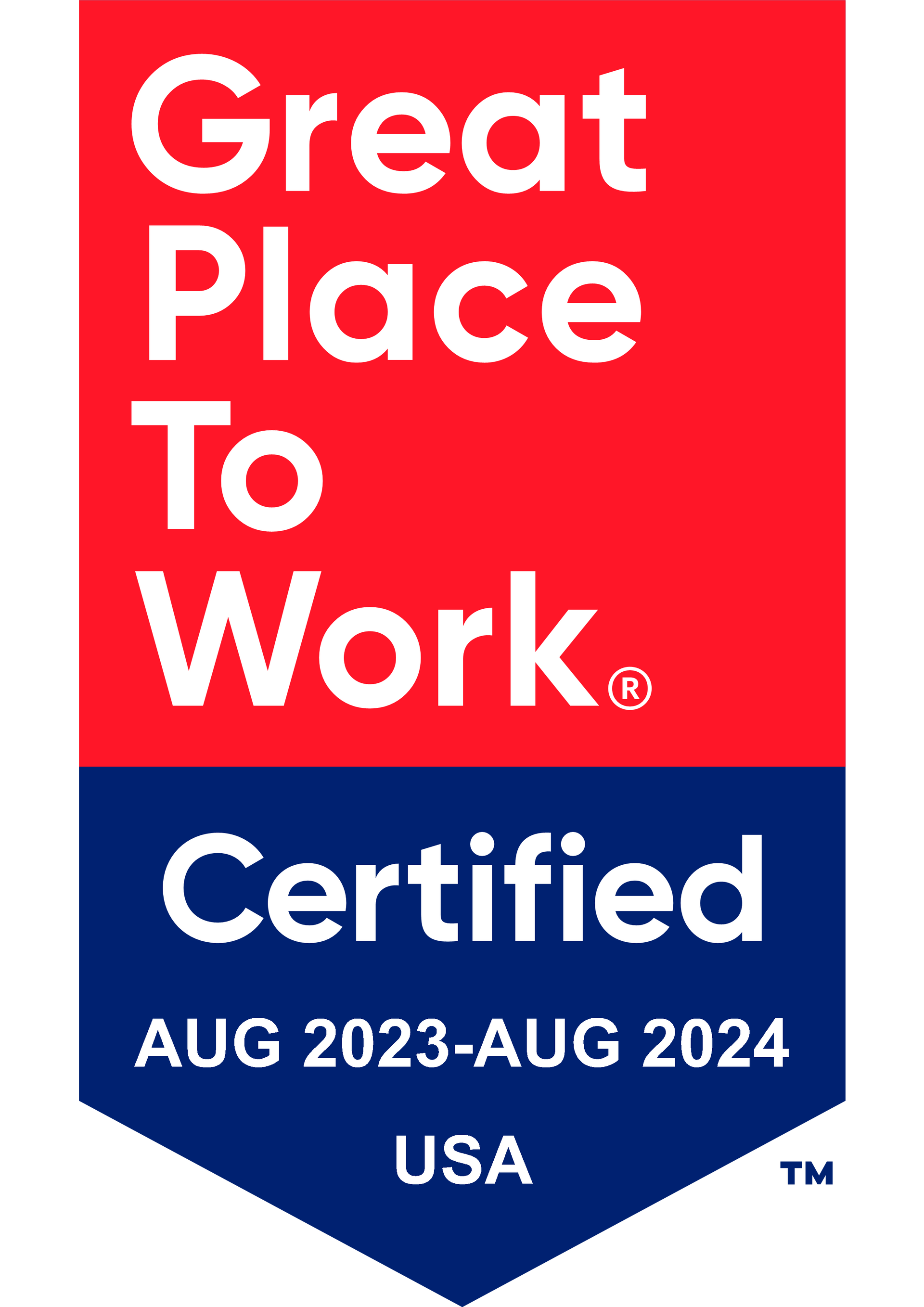Get in touch
408-366-8880
mymail@mailservice.com

How to Avoid a Lawsuit: 5 Practices to Follow
When companies start to approach the big 5-0 in terms of staffing, Human Resource (HR) teams face new levels of intensity when it comes to legal matters. It’s far easier to maintain a one-on-one approach to employee relations and compliance with smaller numbers. However, once your business reaches the level of success where you need more people to drive that momentum, you incur more risk.
While you likely have developed and strive to foster a continuing environment of close-knit relations, it’s more challenging to do so when working with 50 or more employees. Many businesses struggle to avoid HR and employee-related lawsuits.
According to an Inc. article by Marissa Levin, founder and CEO of Successful Culture, employers are often surprised when employees sue them because they don’t anticipate or plan for such a situation. However, without taking preemptive steps to avoid giving employees any reason to sue, businesses put themselves at risk of financial disaster in defending a lawsuit. The article also mentions that one in five small or medium-sized businesses will face an employment-related legal suit that cost an average of $125,000 to defend, including settlement costs and attorney’s fees.
You don’t want to reach that magical 50+ employees, only to face a lawsuit for a situation you and your HR team can prevent with optimized employee relations to ensure employee satisfaction.
WHY DO YOU NEED TO WORRY ABOUT EMPLOYEE-RELATED LAWSUITS?
Many small business owners get the ball rolling with only themselves, a business associate or two, and maybe a handful of employees. With success comes growth and added complexities. Everything becomes more complicated as you add more people who have a range of backgrounds, attitudes, and approaches to life.
Your job as your organization’s HR leader is to ensure that everyone feels included as part of your team and as individuals, whether you are working with five or 500 people.
Unfortunately, the risk of a lawsuit is nearly omnipresent today. From the moment you start the recruiting process, the clock associated with legal risk begins ticking. No matter how carefully your executive and HR teams have nurtured a warm and inviting company culture, the risk of an employee or candidate lawsuit is always lurking beneath the surface.
HOW TO AVOID A LAWSUIT: 5 EMPLOYMENT-RELATED PRACTICES TO FOLLOW
Even with the risk of employee-related litigation, you can safeguard your organization with some basic practices that help reinforce your organization’s core values while maintaining legal compliance and keeping employees so happy and satisfied that they have no reason to consider entering into litigation.
Let’s explore five practices you can follow to avoid a lawsuit against your organization.
1. STAY UP-TO-DATE WITH FLSA CHANGES AND UPDATES
The Fair Labor Standards Act (FLSA) provides employers with the U.S. standard for rules and regulations. You must achieve and maintain compliance with these rules and regulations designed and instituted to protect employees’ rights. FLSA’s primary focus is on laws regarding employee wages and hours, working to prevent various infractions that work against employees’ best interests.
Take a moment to review some common FLSA breaches employers commit, whether intentional or not:
- Misclassifying an employee as exempt, which excludes them from the rights afforded to non-exempt employees, e.g., fair minimum wage, overtime pay requirements, and other protections.
- Adjusting or docking exempt employees’ pay is only allowed under a few situations. Otherwise, you must pay the pre-determined salary outlined in each exempt employee’s respective compensation package.
- Failing to pay for all time worked and work performed by a non-exempt employee. This time includes the traditional work hours for each employee and their 15-20 minute breaks, on-call time, and work-related travel time.
- Improperly classifying independent contractors as employees. These workers have little in common with full-time or part-time employees of your organization. You probably pay your independent contractors or gig workers by the job and do not have them on the payroll, making it a little easier to catch problems quickly. Ideally, you and your contactors set everything up in their contract agreements before starting a specific project.
As you might note, the FLSA offers many vital insights and reminders for protecting your business from lawsuits.
2. FORM STRONG RELATIONSHIPS WITH YOUR EMPLOYEES
Even if you’re managing a large employee headcount, you can foster a strong relationship with your employees. Part of the relationship-building process comes from your organization’s focus on developing and cultivating a strong company culture.
More than anything, focus on treating your employees with respect and kindness. Of course, it’s also important to ensure that you understand your diverse employees' varying needs, ideas, and opinions. Mind Tools notes that allowing your employees to voice opinions, brainstorms at departmental and organizational levels, and share new ideas and strategies helps everyone feel like a crucial part of their immediate team and in the organization.
Create opportunities for every employee to feel heard. If they have an issue, let them know that their managers and your HR team are available to listen to their concerns. With this strategy, you can prevent employees from letting misunderstandings escalate into feeling as though they have no recourse within your company.
3. DON’T LET AN EMPLOYEE ISSUE SIT WITHOUT ADDRESSING IT
This practice goes hand-in-hand with the previous one. You want to ensure your employees that you are there for them as a listener and advocate for their well-being and satisfaction as an employee. Handle each issue that comes your way in a timely and respectful manner.
If any employee comes to you with a complaint about a manager, co-worker, risk factor, or policy concern, respond to them quickly. Ask them about the nature and details of the complaint, document the matter, and let them know that you will investigate the situation thoroughly. Once you have completed your investigation, let the employee know your findings and what, if any, measures you will take to solve the issue, or what you and the employee can do to improve the situation from their end.
4. MAINTAIN CLEAR AND CONSISTENT EMPLOYEE POLICIES
One solid, classic way to protect your organization as you enforce policies is to set and regularly update clear and consistent policies that employees can quickly and easily access. As an employer, you have a right to set certain expectations regarding matters such as conduct and appropriate dress attire, but you must clearly lay out these policies. The policies must apply to all employees in your organization.
If you apply some policies to some employees while letting others breach those same policies, you are violating anti-discrimination laws and are setting your business up for a possible discrimination lawsuit.
Here are a few tips for creating strong company policies to place in your employee manual, whether you provide a printed copy or easy and constant access to it on your company intranet or via PDF:
- Be clear and precise in your policies, such as what exactly casual attire means or your organization’s position on merit increases or employee evaluations.
- Once you put your policies in writing, it is up to your HR team, managers, and supervisors to properly and fairly enforce each one across the board.
5. LEARN ABOUT ALL PROTECTED CLASSES TO ENSURE FAIR TREATMENT
According to the U.S. Equal Employment Opportunity Commission (EEOC), retaliation, disability, race, and sex were the most commonly filed charges in 2019.
Issues surrounding discrimination are ongoing, and employers everywhere are striving to ensure that they do not discriminate against the following protected classes:
- Race
- Gender
- Age
- Color
- Nation of origin
- Disability
- Religion
- Pregnancy
- Veteran status
- Citizenship
- Genetic information
- Familial status
It is important to stay cognizant of the protected class considerations on marital status and sexual orientation at the state level.
As long as you have all the information regarding protected classes, train your HR and management to respect those classes, and ensure all your business policies and practices are well-documented, you should not have any problem avoiding discrimination lawsuits.
WOULD YOU LIKE HELP STEERING CLEAR OF AN EMPLOYEE-RELATED LAWSUIT?
While you do your best to ensure that you provide a safe and harmonious environment for every employee, you still have to navigate a sea of diverse personalities and people.
Our team at KBI Benefits understands the challenges that today’s most diligent employers face. We are here to help you steer clear of lawsuits and the bad press that accompanies them.
Get in touch with us via our contact form, or give us a call at 408-366-8880 to learn more about how we can help you avoid lawsuits and keep employees happy.
Sources:
- https://www.inc.com/marissa-levin/5-things-employers-can-do-now-to-avoid-costly-and-harmful-employee-lawsuits.html
- https://www.kbibenefits.com/human-resources-solution
- https://hr.nih.gov/sites/default/files/public/documents/benefits/pay/title-5-pay/pdf/flsafactsheet.pdf
- https://www.brownfirmpllc.com/7-common-flsa-violations/
- https://blog.kbibenefits.com/blog/2019/7/3/gig-economy-101
- https://www.mindtools.com/pages/article/good-relationships.htm
- https://www.eeoc.gov/newsroom/eeoc-releases-fiscal-year-2019-enforcement-and-litigation-data
Services
Latest Thinking




